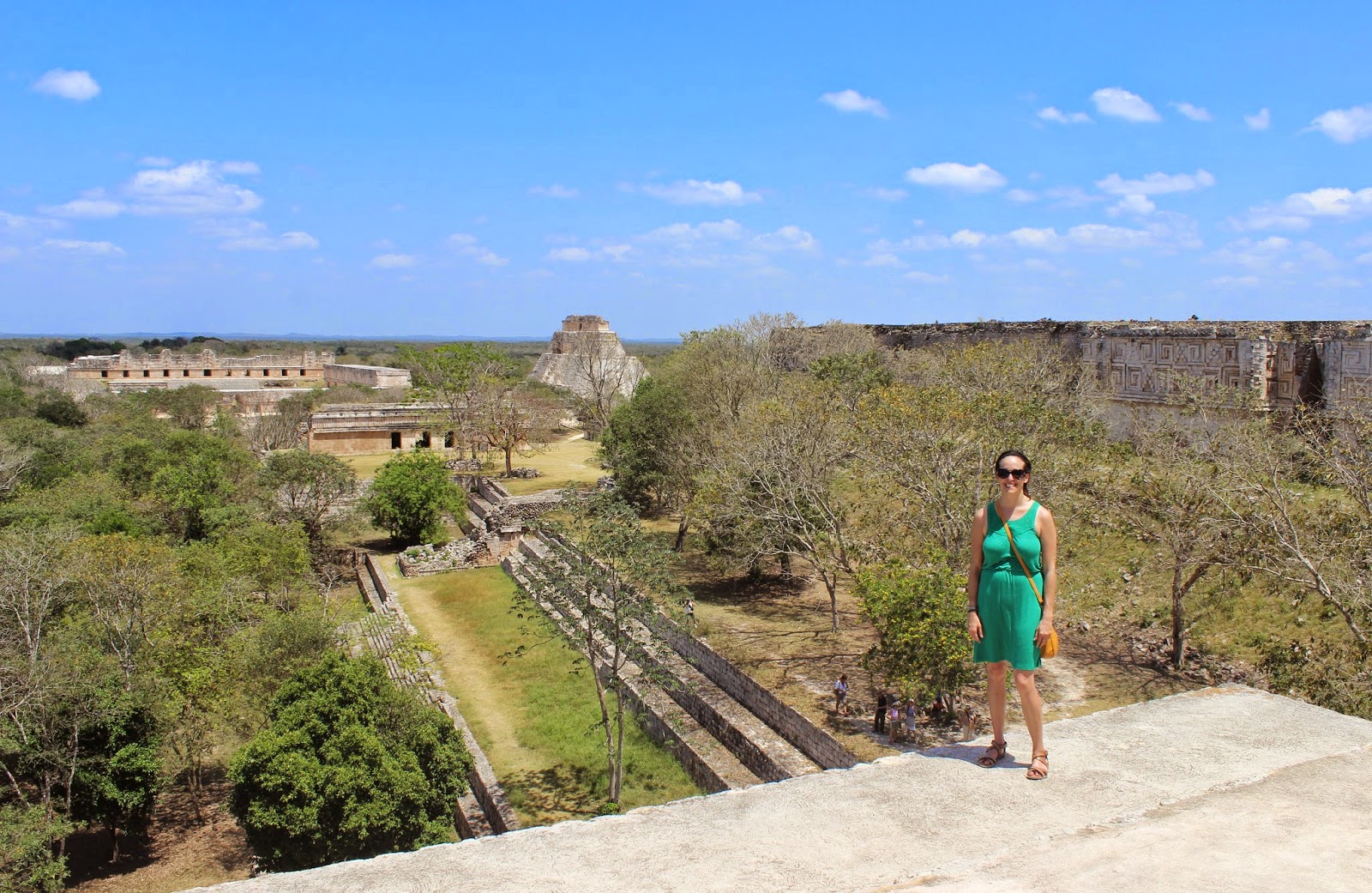A relic from the Mayan World Museum
A few years ago I discovered a helpful traveler's trick; to take photos of writing. Have you ever taken a photo of an amazing place, only to forget later what was in the photo? A quick helpful trick, thanks to the unlimited photo taking digital cameras allow, is to snap a quick photo of the item's description or marker. In the end, it's a very helpful way to remember. But in the meantime, it leaves me overwhelmed with the sheer number of photos I have to sort through.
The actual description of the relic pictured above!
Armed with photos, interviews, background and hard fact information, I was ready to sit down and write my iBook. But I was still missing one of the most important iBook parts; the community contributed artwork. This is an integral aspect of our interactive art iBooks. But my time in the Yucatán was running out.
I showed up at Dona Vero's Monday night Proyecto Itzaes group armed with an activity for the kids; draw your interpretation of the word "pyramid." Dona Vero repeated the assignment to anyone who arrived at the Proyecto, and I know she understood the gist of the assignment. We all have ideas of what pyramids look like. But instead of drawing a pyramid we've seen before, what would each person imagine? I thought this was a pretty simple assignment to start. And it would help me with my iBook.
I am thrilled to be able to add Chixculub Pueblo contributed artwork as I work on my final iBook product. But what you will see in the final product is not a crazy idea of a pyramid. Or even a different shaped pyramid. Every person (child and adult alike) who contributed artwork to the iBook all drew me the same pyramid: Chichen Itza. Some drew it from memory from books seen/read (no one had actually seen Chichen Itza up close), while others opened a Maya culture book and copied the pyramid exactly. I was astonished; where was the imagination?
Three versions of the same pyramid: Chichen Itza
The imagination was nowhere to be found. But this is not all that uncommon. The Mexican educational system is a very exacting one. Questions are asked, answers are written in black and white, and it's a very clear cut system. What I was asking for did not have a correct answer. But that was what I was given; a response that your interpretation of a pyramid must be Chichen Itza to be correct. And yes, their drawings were correct and I will use them in the iBook. But I was looking for anything but the ordinary. I was looking for a place where imagination took over and there are no wrong answers. Where was the inquiry? Where was the imagination? Where was the ability to let go of the belief in one right answer?
I guess I have my work cut out for me.
.jpg)
.jpg)





